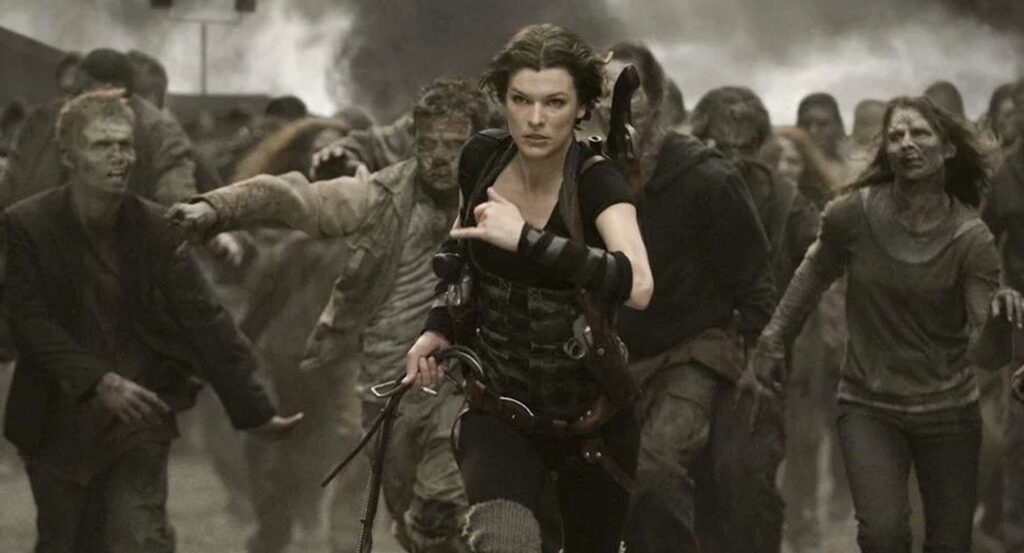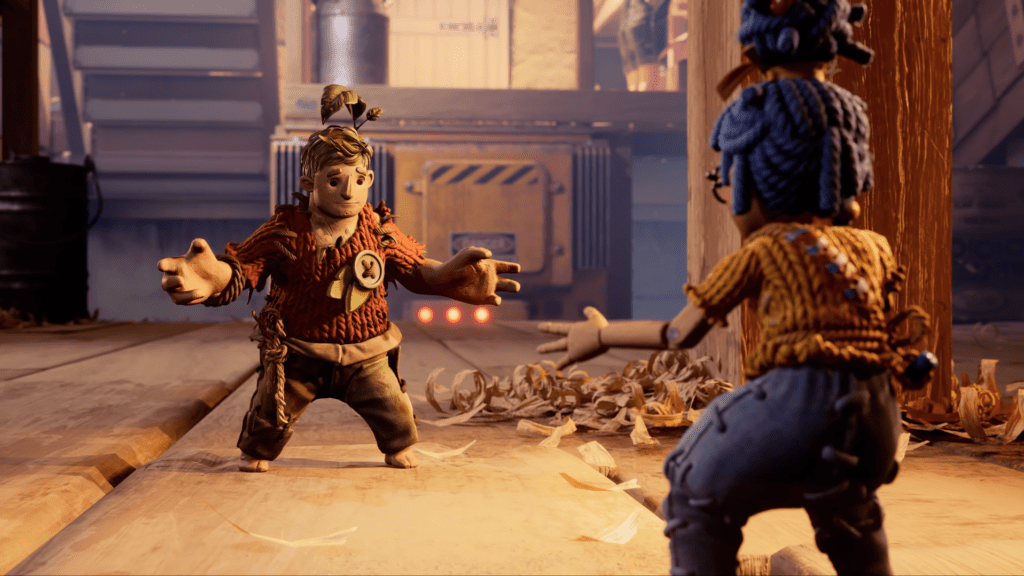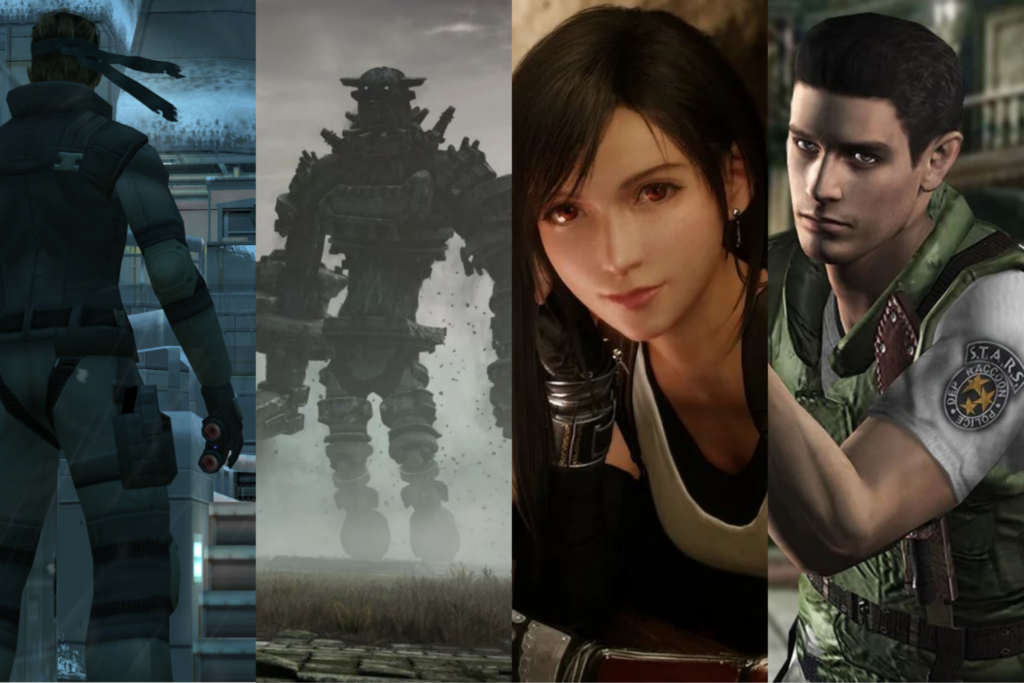The video game industry is massive, pulling in over $180 billion in 2022 with a demographic spanning around 40% of the global population. Gaming and film have always seemed to walk hand-in-hand, and as technology and concepts have developed in both sectors ideas often end up transferring between the two.
With that being said, the movement of narratives from the gaming space into film doesn’t have a positive history. Many releases such as Mortal Kombat (1995), Paul Anderson’s Resident Evil series (2002-2017) and House of the Dead (2003) were panned by critics and fans of the original games alike, often written off as cheesy, poorly executed adaptations.
In fact, of all of the video game film adaptations so far released, only 4 hold a rating of over 60% on Rotten Tomatoes.

Luckily for video game fans, the success of Netflix’s The Witcher (2019) and HBO’s The Last of Us (2023) seem to be showing an upward trajectory for film media based around games.
Production company dj2 has been working on producing adaptations of games applauded for their rich, complex narratives, such as It Takes Two (2021) and Disco Elysium (2019), which both went on to win Game of the Year when released.
“There used to be this stigma that video games as source material couldn’t be those smart, character-driven types of films and TV shows,” said dj2 founder and CEO Dmitri Johnson in an interview with The Ringer. “And because the art of storytelling in gaming is continuing to evolve, complete 180 on that. And I am of the belief that [we] not only can, but we will win Emmys, we will win Oscars, and the source material will be based on games.”

Gaming not only offers narratives to be translated to film, but currently software and engines traditionally used to create video games are being used in filmmaking, allowing more real-time interactivity and collaboration in the production process.
Epic Games game engineer and technical lead Jeff Farris worked closely with director Jon Favreau on The Mandalorian (2019), working alongside ILM and using the Unreal Engine. This combination of digital renders of backgrounds and reactive lighting meant the team could create massively complex VFX shots with accurate reflections in-camera, and adjustments could be made at any time from the director and DP.
“What’s even more exciting is that the techniques and technology we have developed on The Mandalorian are only the tip of the iceberg,” says Farris. “I can’t wait to see what the future has in store.”

While film has its sights set firmly on the future, it would appear that video games are looking to the past for inspiration.
Remakes of older titles have come increasingly common, with Capcom currently working through remaking their beloved Resident Evil series and other gaming staples such as Dead Space and System Shock following suit.
It’s worth noting the difference between remakes and remasters, which cross industry borders. Whilst a remake is a newer interpretation of an older work, characterized by updated or changed assets, a remaster is a pre-existing version of a piece of media that is improved with new technology, but remains faithful to the original version.
So, if remakes in video games are popular, would they work in the film & TV industry?

The name ‘remake’ actually started out in the film industry, when studios would reshoot a similar script with updated technology for maximum impact – some directors did it too, like Alfred Hitchcock and The Man Who Knew Too Much, which he released in both 1934 and 1956 with a significantly revised script.
We’ve seen countless shows over the years be remade and then swiftly canceled : Sabrina The Teenage Witch (1996-2003) became Netflix’s Chilling Adventures of Sabrina (2018-2020) for two short seasons, as did HBO Max’s Gossip Girl (2021-2023), which had a short lifespan despite an initially strong fanbase.
In the film space, however, remakes and long awaited returns to older franchises seem to have been a booming success. Top Gun:Maverick (2022), the sequel to Tom Cruise’s Top Gun (1986) was massively successful, earning nearly $1.5 billion globally and receiving several Academy Award nominations.
Lady Gaga and Bradley Cooper appeared in the remake of Barbra Streisand’s original hit A Star is Born (1976) to widespread triumph, with Gaga winning an Academy Award, a Grammy, a BAFTA and a Golden Globe for her role. Greta Gerwig’s Little Women (2019) was ‘an adaptation in the best sense of the word’ and Dune (2021) won six Academy Awards.

The success of a remake makes sense, as it targets an audience that grew up loving the original films and now has the disposable income to re-watch a new adaptation in theaters. Sometimes, however, a remake is unnecessary, and a remaster can do wonders.
Nintendo’s The Legend of Zelda: Skyward Sword HD (2021) was the best selling game in the U.S the month it was released. The Crash Bandicoot N-Sane Trilogy (2017) brought the PlayStation mascot back to the forefront, remastering all three of the main story games and putting them in one convenient bundle for old and new fans alike. In the UK, the trilogy was the best-selling game for eight consecutive weeks from its initial release.
Not all cinematic remasters seem to have the same glowing reception, it seems. For Star Wars’ twentieth anniversary, changes were made to the remasters, from color grading and audio mixing to new visual effects and the addition of some characters, dialogue and scenes. These changes were met with some controversy, with many fans left with a bitter taste in their mouths and a yearning for the original trilogy.

Whilst remaking is carving out a space for itself across industries, there has been a growing subculture of gamers turning to retro-gaming. Retrogamers collect old or obsolete consoles, games and memorabilia, sometimes to be played but often to preserve. During the pandemic there was a significant boom in online sales of auctioned pieces such as sealed and mint-condition games that has continued to grow – in July of 2021 a sealed copy of Super Mario 64 sold for over $1.5 million.
The issue with private collections such as those developed by retrogamers is that they are not publicly available, meaning that games that created the foundations for the industry as we know it today are largely unavailable to those without the means to purchase gaming systems that only seem to be creeping up in price.
Perhaps when it comes to restoration and preservation, the video game industry could learn from the ways film is protected by central organizations, such as America’s National Film Registry, or Martin Scorsese’s The Film Foundation. By educating people about the importance of classic cinema, TFF hopes to increase awareness of the importance of protecting motion picture heritage.
In the mid-2000s the possibilities of online distribution meant that commercial re-distribution of classic games was feasible as storage and deployment costs dropped significantly, with platforms such as Steam allowing users to purchase digital copies of games.
The parallels to the film industry are not dissimilar: films moved from reels, to VHS, to DVDs and now to online streaming platforms. Software like Phoenix is important here, helping those who want to digitally transfer recordings from physical memorabilia to preserve and protect the legacy of the original media.
Across industry boundaries, remasters and remakes draw the attention of new generations of gamers and film-buffs alike to the importance of classic titles and the role that they played in developing media to where it is today. By continuing to revisit these titles and ensure that they are preserved we ensure that no crucial keystones of gaming or of film are lost to disrepair, or to obsoletion.
